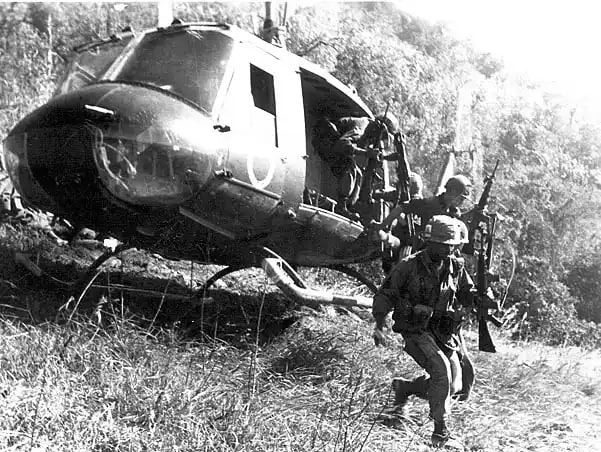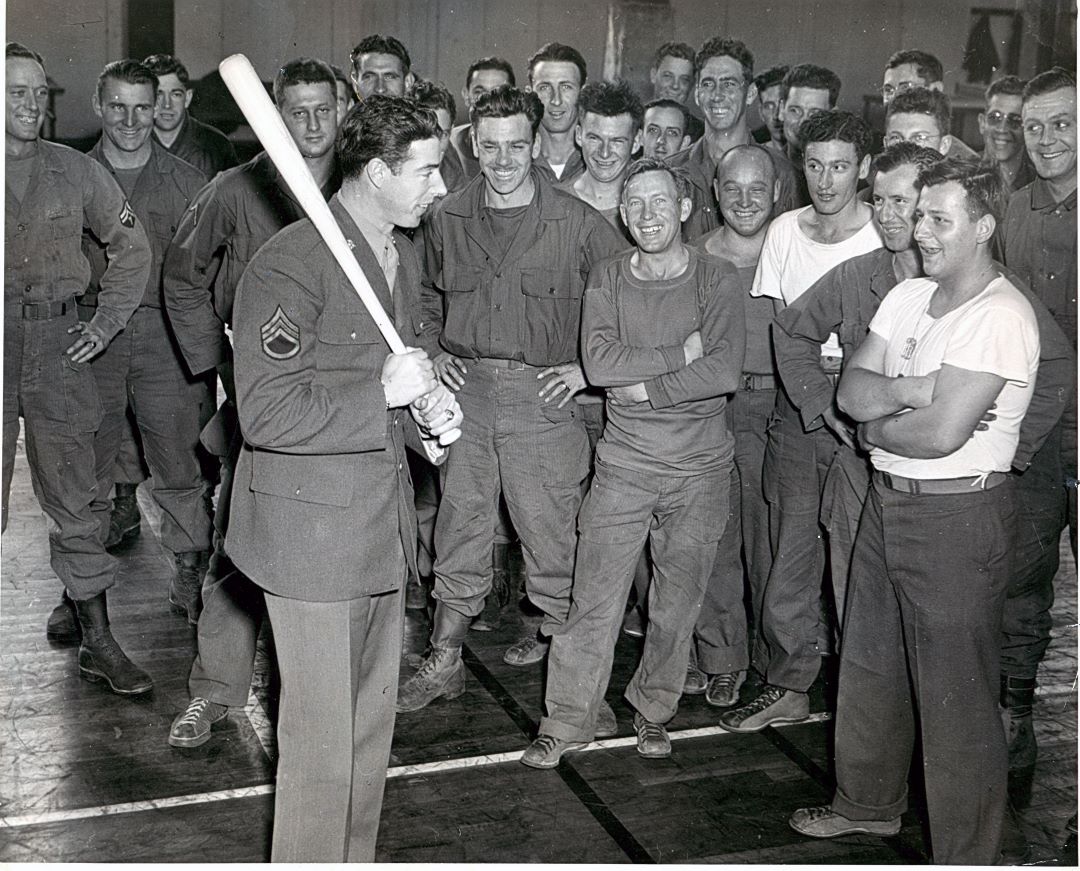SOLDIER PROFILE HAROLD “HAL” G. MOORE - END OF THE VIETNAM WAR 50TH ANNIVERSARY COMMEMORATION
An LTC during the early phase of the Vietnam War, Hal Moore earned fame for his leadership during the Battle of Ia Drang, the U.S. Army’s first major combat engagement in Vietnam.
An LTC during the early phase of the Vietnam War, Hal Moore earned fame for his leadership during the Battle of Ia Drang, the U.S. Army’s first major combat engagement in Vietnam.

Graduating from West Point shortly after WWII, Moore served in the Korean War. In 1964, he participated in the training exercises of the experimental units tasked with testing the Army’s new airmobility doctrines.
#ArmyHistory #USArmy #TRADOC #VietnamWar #Vietnam #7thCavalry
#ArmyHistory #USArmy #TRADOC #VietnamWar #Vietnam #7thCavalry

Moore left for Vietnam in late summer 1965, joining the 1st Cavalry Division (Airmobile). Beginning 14 NOV 1965, Moore put his experience with airmobile tactics to good use as he led the 1st Battalion, 7th Cavalry Regiment in the Battle of Ia Drang.
#1stCavalry @USArmy @TRADOC
#1stCavalry @USArmy @TRADOC

The engagement at Ia Drang pushed the limits of Army forces and was the first large-scale combat test of new airmobility doctrines. Moore led his battalion on a helicopter-borne air assault of LZ X-Ray, a 100 yard-long clearing at the base of one of Vietnam’s famous massifs. 

Within 20 minutes of landing, Moore’s unit was swarmed by a tide of enemy soldiers. They held out against overwhelming odds during the three-day battle, a bloodbath in which Army forces employed their modern technology to great effect against a numerically superior enemy. 

For his actions in the battle, Moore was promoted to COL and awarded the Distinguished Service Cross; through 1966, Moore continued to lead from the front, earning the Bronze Star and numerous South Vietnamese decorations.
#WeWereSoldiers #HalMoore #MilitaryHistory #Airmobile
#WeWereSoldiers #HalMoore #MilitaryHistory #Airmobile
Moore continued to rise through the Army’s ranks, eventually retiring in 1977 as an LTG. In 1992, he published a memoir recounting the Battle of Ia Drang, entitled “We Were Soldiers Once… and Young,” which was adapted into the famous 2002 blockbuster film “We Were Soldiers.” 

• • •
Missing some Tweet in this thread? You can try to
force a refresh

 Read on Twitter
Read on Twitter


















